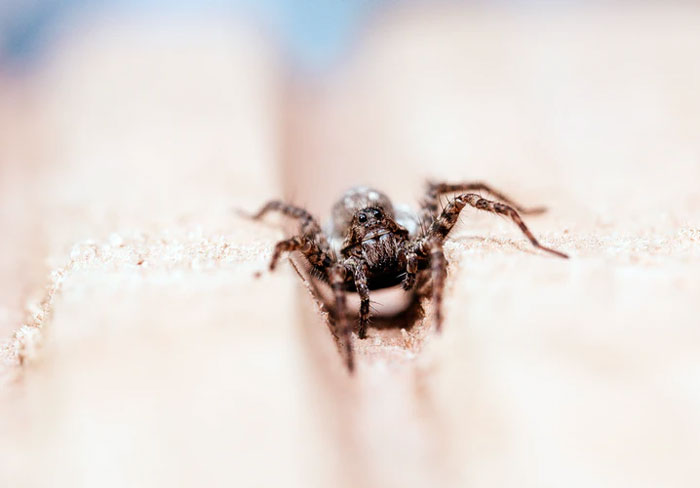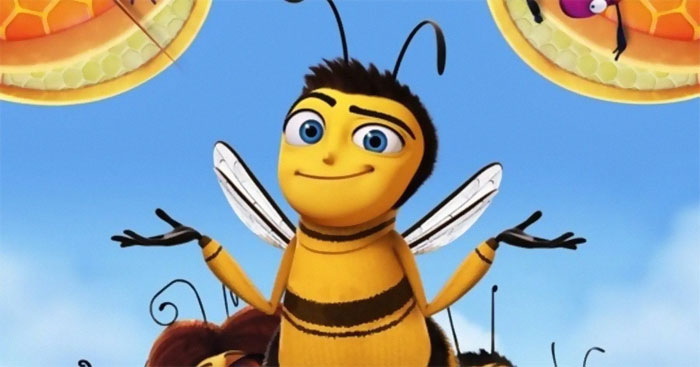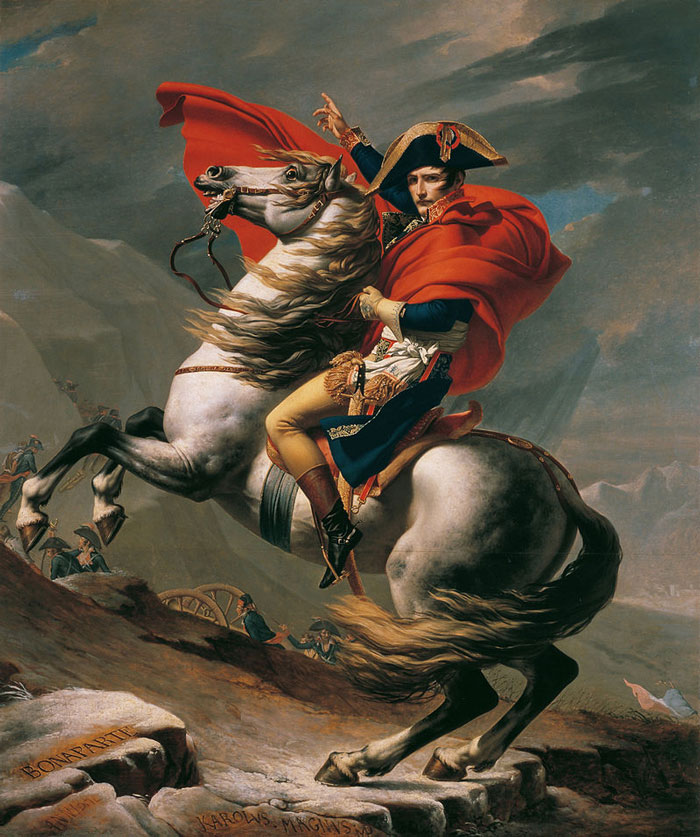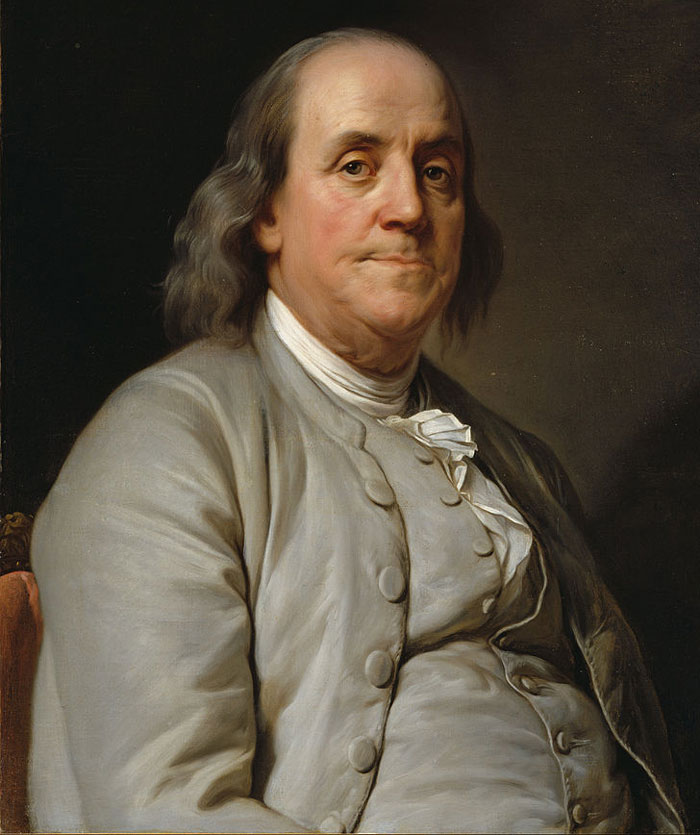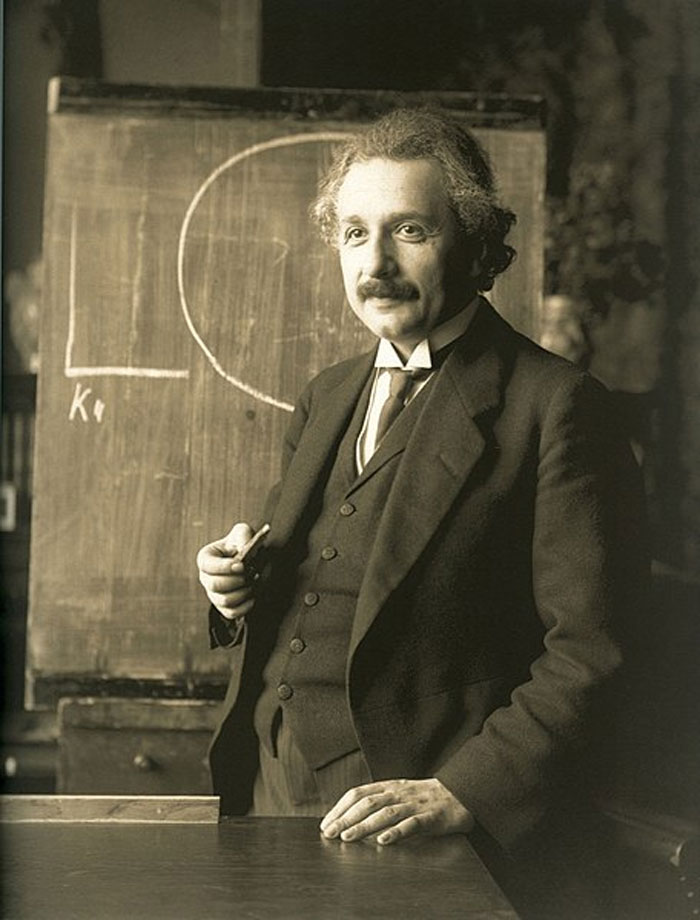20 Facts Most People Know But Actually Aren't True.
Stuff most people still believe.
Published 3 years ago in Wow
1
NASA didn't spend millions developing a pen that could be used in space while the Soviets simply told their cosmonauts to use pencils. NASA's mechanical pencils of choice cost $128.89 each, and the public wasn't pleased when they found out where their tax dollars were going. In addition, the flammability of pencils and the tendency of their tips to break off and float away made the switch to pens imperative. The Fisher Pen Company invested $1 million to design the "AG-7 'Anti-Gravity' Space Pen," but "none of this investment came from NASA's coffers." The agency was hesitant to purchase the product, but after extensive testing, they decided to buy 400 of them. A year later, the Soviets placed an order for 100 space pens. The two dueling agencies "received the same 40 percent discount for buying their pens in bulk. They both paid $2.39 per pen instead of $3.98." So while NASA was looking for an alternative writing utensil when the space pen came along, they neither overlooked the possibility of using pencils nor invested an absurd amount in the invention of the product.
2
Humans don't swallow eight spiders a year on average while they sleep. Arachnid experts speaking to Scientific American said that such a claim "flies in the face of both spider and human biology." Spiders "regard us much like they’d regard a big rock," since we're so comparatively huge that we're "really just part of the landscape" to them. Additionally, the vibrations of a sleeping human (snoring, breathing, and the beating of a heart) are terrifying to spiders. As far as humans go, even if the rare brave spider does wander across your face whilst you snore, you'd most likely feel it there and wake up before it crawled inside your mouth.
4
The fact that bees can fly doesn't violate the laws of aviation, and it isn't a scientific mystery. If bees flew like airplanes, then yeah, their flight would be impossible. But they don't fly like airplanes. They fly like bees. The opening narration of Bee Movie informs us that a bee shouldn't be able to fly, because "its wings are too small to get its fat little body off the ground." But like so much of Bee Movie, this is complete nonsense. The myth may have originated with entomologist August Magnan, who in the 1930s noted that "a bee's flight should be impossible." But Magnan didn't know that bees flap their wings back and forth instead of up and down, a motion that creates "mini-hurricanes" that help lift the bee upward.
5
Walt Disney did not create Mickey Mouse. His close friend and collaborator Ub Iwerks did, though he was "denied credit" for creating this major piece of pop culture history. Iwerks came up with the character in 1928, after Disney lost the rights to his "first hit character," Oswald the Lucky Rabbit. When Disney "kept on making up bigger and bigger whoppers to stretch the Mickey Mouse creation story," up to and including claiming he was the one who came up with him, Iwerks quit Walt Disney Studios, embittered by his friend's behavior. In 1940, a decade after he left, Iwerks returned. He and Disney rekindled their friendship and worked together until Disney's death in 1966.
6
Orson Welles' 1938 radio play War of the Worlds didn't cause mass hysteria in the United States. You may have heard that millions of Americans were tricked into thinking that aliens had invaded Earth, but in reality, "the supposed panic was so tiny as to be practically immeasurable on the night of the broadcast." Newspapers covered the story gratuitously, hoping to strike a blow against radio, the popularity of which had carved into their profits. But very few people actually tuned into the broadcast, and even fewer earnestly believed what they were hearing. Multiple anecdotes about the panicked reactions of the public (including suicide attempts and hospitals treating multiple listeners for shock) were later disproven.
7
Despite the fact that his name has become synonymous with "angry short man," Napoleon Bonaparte was actually of average height for the time period in which he lived. His contemporaries described him as being 5'2", but the French measured height differently back in the day, so he was actually around 5'5". That made him just "an inch or so below the period’s average adult male height." The popular perception of the diminutive general probably came in part from the successful work of the British cartoonist James Gillray, whose mocking caricatures of a "tiny Napoleon" were so popular that Napoleon himself said that Gillray "did more than all the armies of Europe to bring me down.”
8
Sharks can get cancer. The myth that they cannot is perpetuated partly by people trying to sell shark cartilage as a cancer treatment, even though it's been proven to be ineffective. As one shark researcher put it, "Sharks get cancer. Even if they didn't get cancer, eating shark products won't cure cancer any more than me eating Michael Jordan would make me better at basketball." The marketing of shark cartilage as a cancer treatment both misleads patients and results in more sharks being killed by humans.
9
Yellowstone isn't overdue for an eruption. It's had three major explosions in its existence (2.08, 1.3, and 0.631 million years ago), and if you average out those numbers, that means an eruption every 725,000 years, meaning we'd still have a good 100,000 to go. But that number is based on such little data that it's "basically meaningless." A volcano doesn't operate like a fault line, and the accumulation of liquid magma and pressure necessary for an eruption "does not generally happen on a schedule." Because of that, it can't be overdue.
10
Isaac Newton didn't discover gravity because an apple bonked him on the head. Rather, he witnessed an apple falling and wondered why objects always fall down instead of up or sideways, a thought that inspired his Law of Universal Gravitation. When he saw the apple drop, Newton was in the orchard of his childhood home, Woolsthorpe Manor. He had been studying at Cambridge University, but the school was temporarily closed due to an outbreak of the bubonic plague.
12
Benjamin Franklin didn't publicly or seriously advocate for the turkey to be the national bird of the United States. According to the Franklin Institute, Franklin "defended the honor of the turkey against the bald eagle" in a private letter to his daughter, but his pro-turkey leanings didn't go any further than that. In the letter, Franklin criticized the design of the bald eagle on the Great Seal of the United States, pointing out that it resembled a turkey. He then went straight for the bald eagle's jugular, writing that it is, "a Bird of bad moral Character. He does not get his Living honestly…[he] is too lazy to fish for himself.” The noble turkey, in comparison, is "a much more respectable Bird, and withal a true original Native of America. ... He is besides, though a little vain & silly, a Bird of Courage." Ultimately, Franklin kept his reservations about the honor of the eagle out of the public sphere.
13
Walt Disney's body is cryogenically frozen. His biography states that after he died from lung cancer complications in 1966, his body was cremated in Glendale, California. Mental Floss reported that the rumor likely got started because the president of the Cryonics Society of California told the Los Angeles Times that Walt Disney Studios had inquired about the process. Although Walt was not cryogenically frozen, people remembered the association of Walt Disney with cryonics, and the rumor persisted.
14
The 25th frame affects human subconsciousness. In 1957, James Vicary did an experiment; he secretly flashed, at a third of a millisecond, the words stimulating people to eat popcorn and drink a certain beverage onto a movie screen. According to his words, right after the end of the movie, the sales of both drastically increased. But the American Association of Psychology disproved the effect of the 25th frame. In 1962, Vicary himself admitted the falsification of experimental results.
16
The lines on a red Solo cup aren't there to measure the correct servings of liquor, wine, and beer. A representative from the manufacturers, the Dart Container Corporation, told that, "The lines on our Party Cups are designed for functional performance and are not measurement lines. If the lines do coincide with certain measurements, it is purely coincidental.”
17
Albert Einstein never flunked a math class as a child. When the adult Einstein was shown a newspaper article claiming he had, he replied, "Before I was 15, I had mastered differential and integral calculus." While Einstein achieved high grades throughout his childhood education, he "hated the strict protocols followed by teachers and rote learning demanded of students" at the schools he attended. The math class myth may have originated with the fact that Einstein did fail the entrance exam to Zurich Polytechnic the first time he took it, when he was still a year and a half from graduating high school and hadn't learned much French (the language in which the exam was administered). And, for the record, he did well on the math section, but struggled in language, botany, and zoology. He later graduated from high school and gained admittance to Zurich Polytechnic in 1896.
18
Lightning can and does strike the same place twice. The Empire State Building gets struck 25 times a year on average. And speaking of lightning striking once and coming back for more, one unlucky fellow by the name of Roy Sullivan was struck by lightning seven times. That's the most lightning strikes any one person's ever survived.
19
The right side of the brain is responsible for creative skills. People think that personalities whose right side of the brain is more developed tend to have good creative skills. And those who have their left side of the brain dominating tend to have better analytical and logical skills. However, recent research has completely destroyed this myth. Scientists analyzed the work of 1,011 brains. The participants were between 7 and 29 years old. They didn't find any signs of left or right hemisphere domination.
20
The myth that a sleepwalker should be left alone stems from an ancient belief that the soul leaves the body during sleep, and if a sleepwalker is woken up they will be a body without a soul. Metaphysical reasoning aside, the presumption that sleepwalkers will exhibit wildly disturbing behavior when awakened is largely unfounded. Although some people may become aggressive, researchers have found that most of the time sleepwalkers are simply confused, disoriented, scared, or embarrassed. Waking a sleepwalker should be done as gently as possible to avoid such responses.


